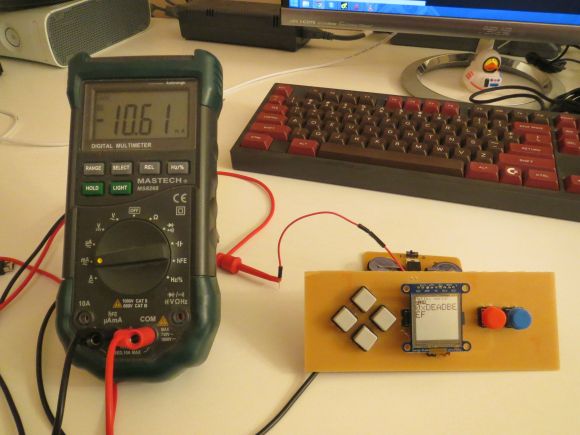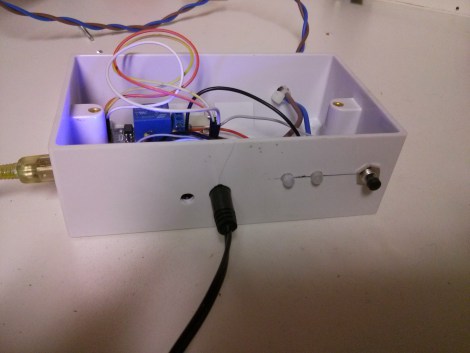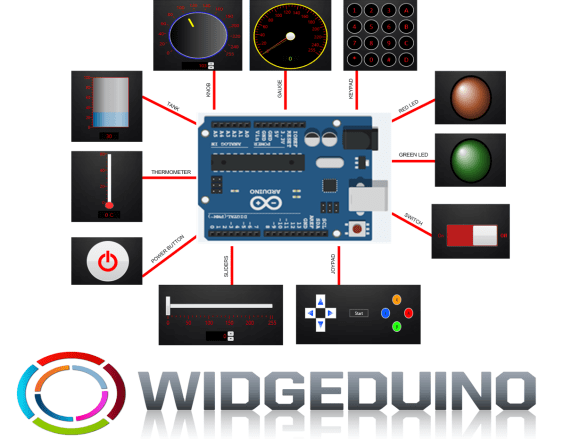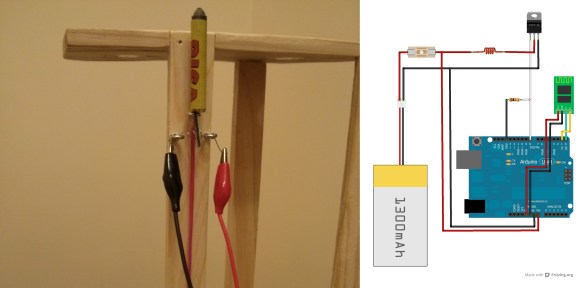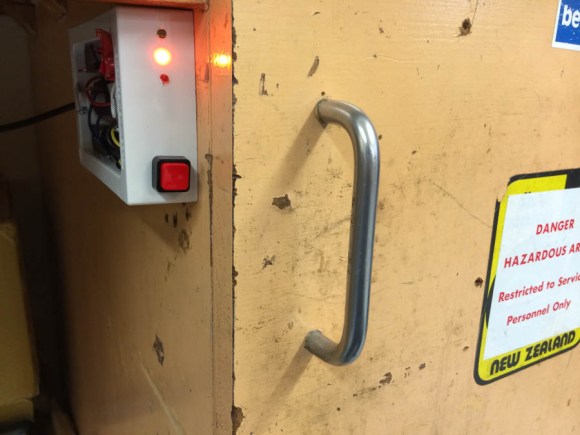
[Andy] needed a new set of locks for his tool cabinets at work, but not wanting to carry around another key (or to remember a combination!) he decided to throw this little hack together — solenoid locking, capacitive sensing, tool cabinet door handles.
To do this he’s using a Bluetooth low energy breakout board coupled with an Arduino, two solenoid locks, and two capacitive sensors. He’s modified a pre-existing iPhone app to control the system, dubbed: The BlueLock Control.
When [Andy] is present with his phone, the system can be activated, allowing for automatic unlocking the moment you touch the metal handle. Usually he leaves it unlocked for the majority of the work day, but as soon as the day is done it’s just a simple swipe on his phone to engage lock mode for the night. And just in case he’s also added manual push-buttons for both solenoids in case anything goes wrong with the capacitive sensors. Cool hack [Andy!]
While you’re at it, why not make a keyless entry system for your car using Bluetooth too?

